How Cybercriminals Are Leveraging AI to Build Better Attacks
NexusTek
JANUARY 23, 2025
Enhance Employee Training : Educating employees about the dangers of phishing, deepfakes, and other AI-driven tactics can significantly reduce the likelihood of human error. These tools are essential for staying ahead of AI-powered attackers. Simulated phishing campaigns and regular awareness training are critical components.


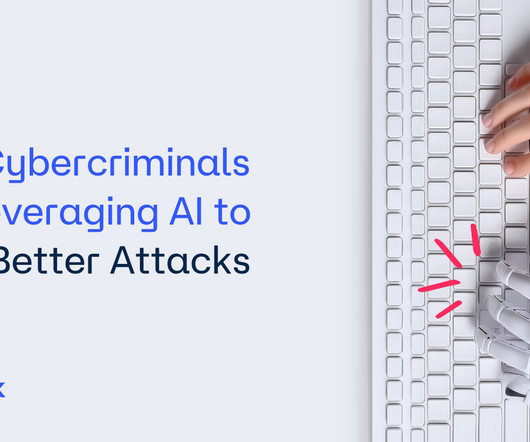
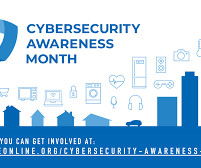


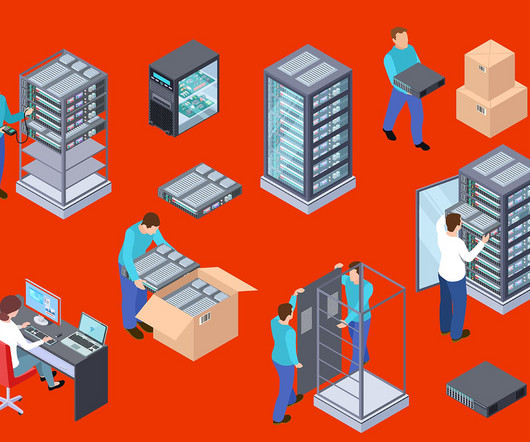





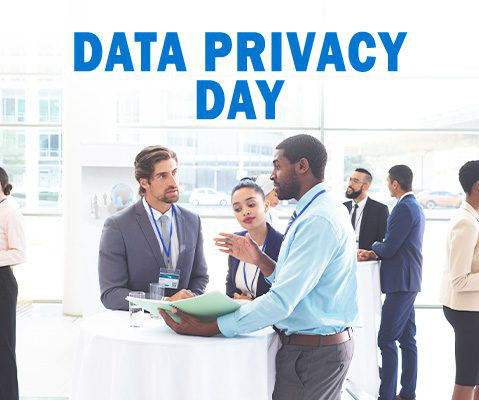
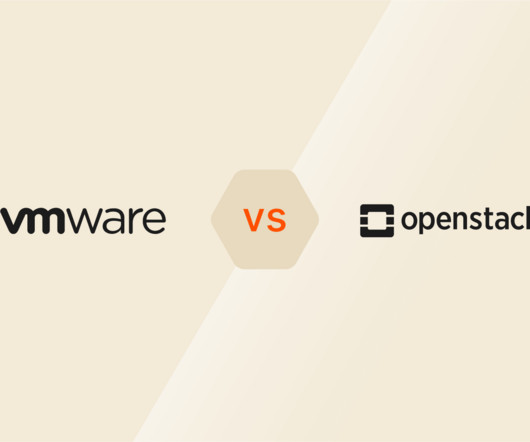

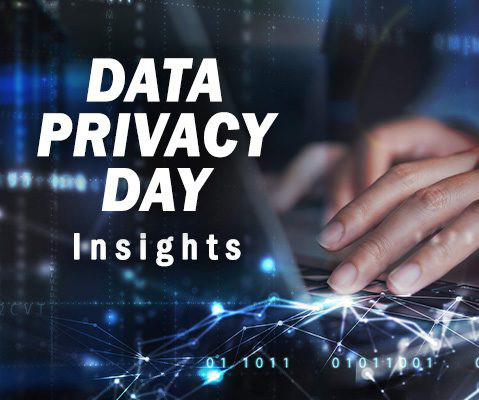







Let's personalize your content